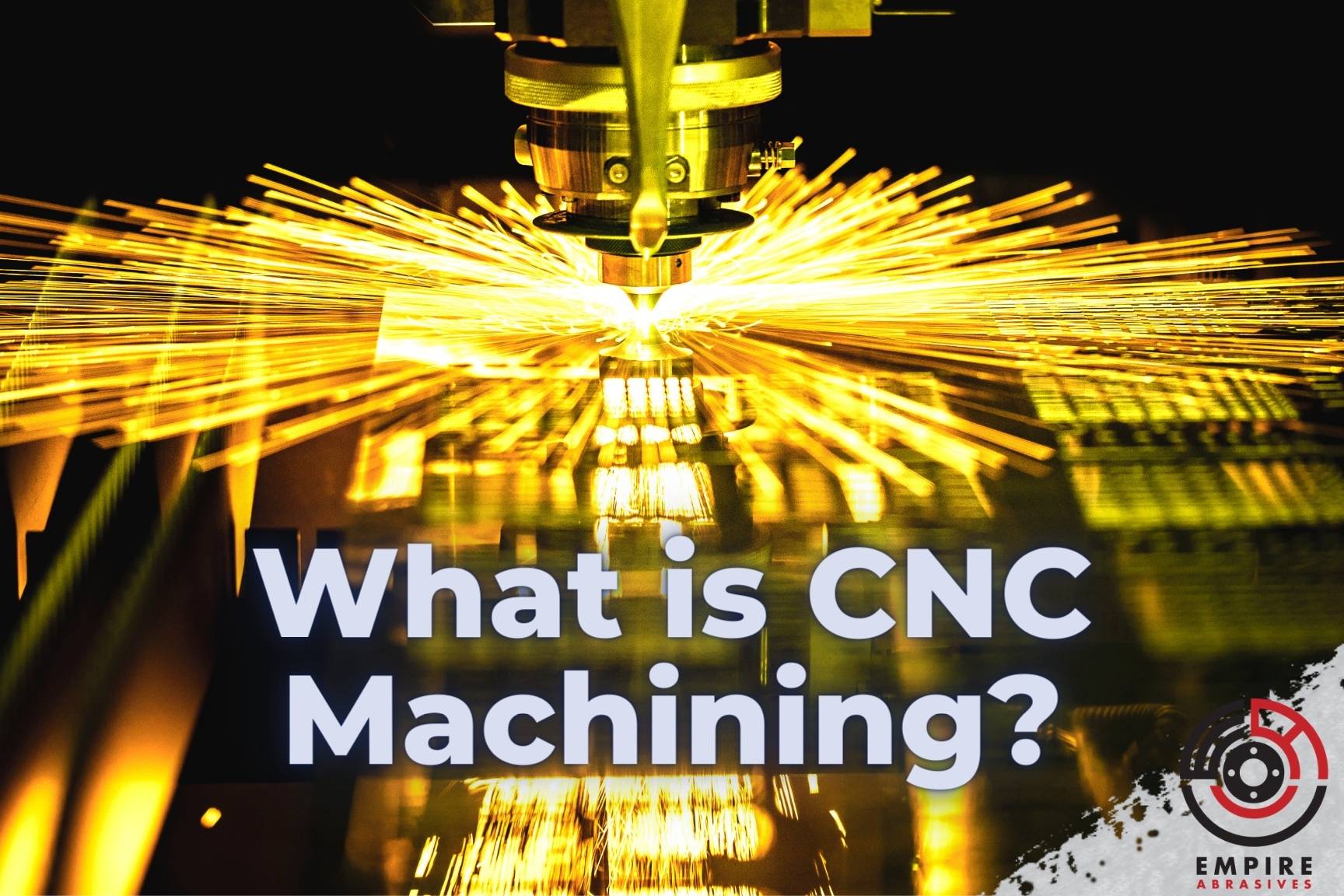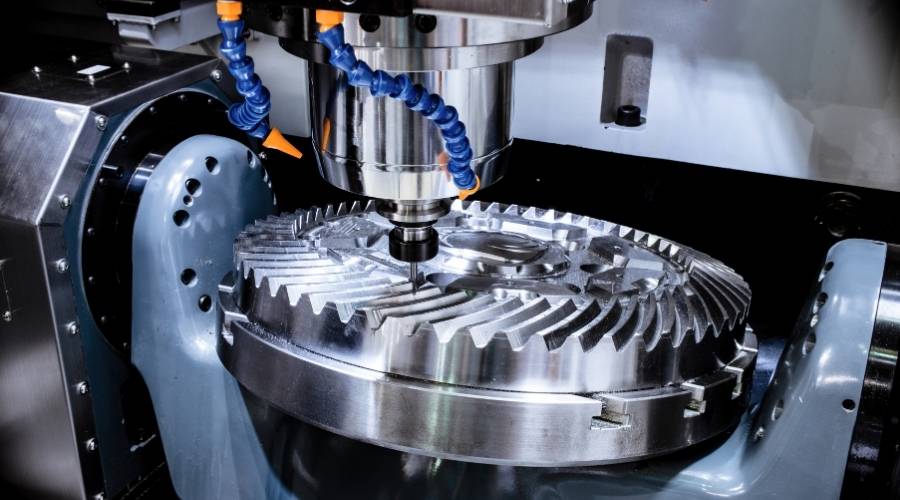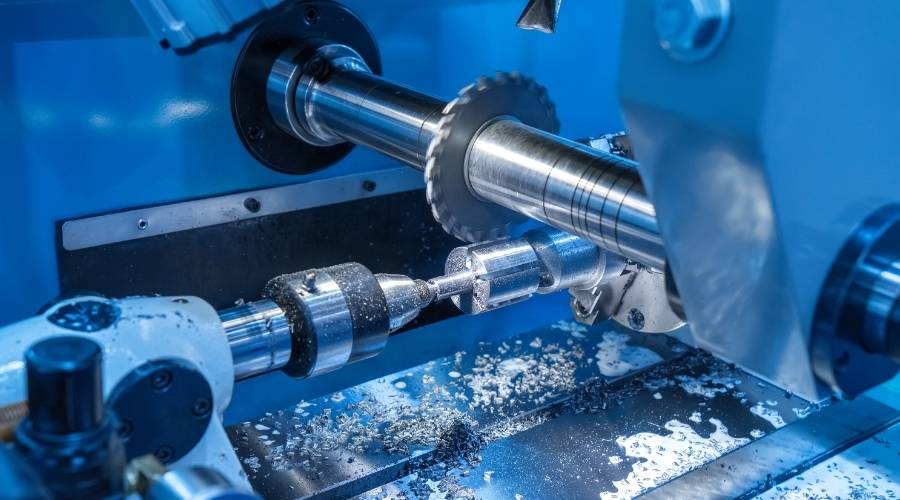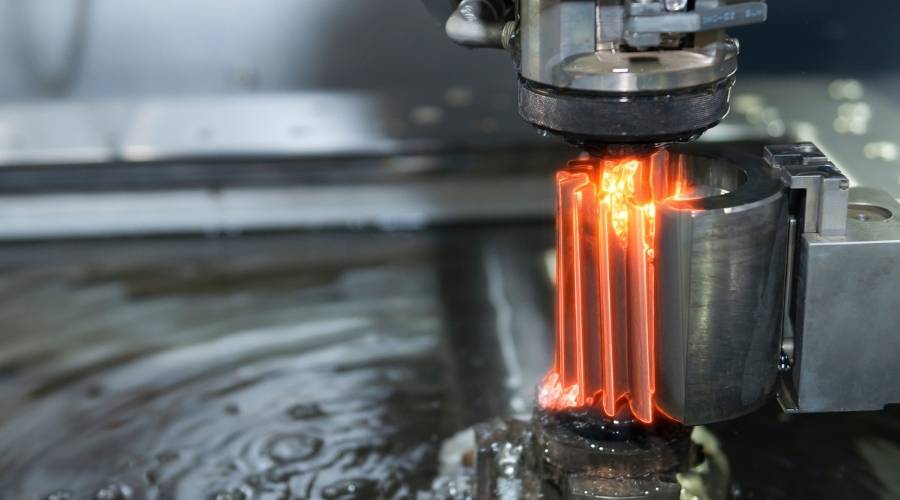
CNC plays a crucial role in the modern manufacturing world. But, what does CNC stand for? What is a CNC machine? How can you learn CNC machining? Even more so, how do you maintain CNC machines? Allow us to help break down these details, starting with the basics.
What Does CNC Stand For?
Before we explore CNC machining further, it would be best we start by understanding CNC meaning. In full, CNC is “Computerized Numerical Control.” It is a computerized process used in the manufacturing industry to code control production and equipment movement. You can use CNC to control complicated machines: turning mills, grinders, and lathes.
Moreover, you can use CNC in machines that can create, cut or shape various parts and porotypes. Furthermore, a CNC machinist combines computer programming skills, elements of mechanical design, mathematics, and technical drawing to develop plastic parts and metals. As a CNC operator, you can turn a simple piece of metal into an automobile part or valuable airplane parts. CNC machining allows you to fine tune the production of individual pieces or produce multiple parts with the exact same dimensions and designs rather quickly.
What is a CNC Machine?
It is the process in which pre-programmed computer software can control tools and machinery movement in a factory. Ultimately, you will be able to produce numerous parts in less time. Parts made through CNC machining are perfect, for there is no room for human error. CNC machining can be used to produce various types of machines. The following are some of them.
CNC Milling Machine
It is the most common type of CNC machine. The machine can utilize computer control and be used in the manufacturing sector to cut different materials. They cut and shape a workplace, usually on a moveable tabletop. Moreover, mills can translate particular letters and numbers programs to move the spindle in different ways. Most CNC milling machines use the G-code, a standardized programming language. Moreover, the machine can turn, tap or drill.

CNC Lathe
It is a CNC machine that cuts metal pieces as they rotate. Manufacturers can use it to cut various tools quickly. The machines are very effective if compared to manual lathes. The controls in CNC lathes are similar to those of CNC mills. Consequently, they can read proprietary programming languages and G-code.

CNC Laser Machines
They are machines with a tipped router that contains a highly focused laser beam to precisely slice, cut, or engrave materials. The process used in CNC laser machines can produce numerous designs instead of using a conventional cutting machine. CNC lasers are useful in decoration or part marking components of machines.

CNC Electrical Discharge Machine
Typically known as CNC EDM, it is a machine that uses controlled electrical sparks to cut machines into desired shapes. It can also be known as die sinking, wire burning, or spark eroding. In most cases, EDM is used to create precise slots, angled features, micro holes, and other complicated features in a metal workpiece. Manufacturers opt to use EDM when handling hard metals like gear.

CNC Plasma Cutting Machines
The machines are also used to cut materials. To perform their operations, they rely on high-powered plasma, a melting process controlled by a computer. The plasma torch can melt through a workpiece to cut material. Nevertheless, manufacturers can use CNC plasma to cut electrically conductive materials like stainless steel, copper, aluminum, and brass.
What are CNC Machine Operators Paid?
This question obviously varies greatly depending on where you work, what level of experience you have, and the type of work you are doing. That being said, according to Glassdoor, the average base pay for a CNC machinist is about $46,000 per year to about $58,000 per year for a senior CNC machinist. According to ZipRecruiter, the highest paying states for CNC machines are Hawaii, Massachusetts, Rhode Island, North Dakota, and Alaska with the lowest salaries in Mississippi, Florida, and New Mexico.
How to Learn CNC Machining
A CNC machinist controls CNC machines. The CNC operator is responsible for overseeing the machine's operations and making adjustments that control the material feed and the speed. Moreover, they have to keep a keen eye on the equipment maintenance material stock and capacity.
It requires experience to be a proficient CNC machinist. That’s why those who are starting in this career work under close supervision. You can learn CNC machining by acquiring the relevant education requirements.
CNC Machinist Educational Requirements
Those who want to pursue a career as a CNC machinist must possess a minimum of a high school diploma. After that, they should attend community college or technical school to learn design technology CAD/CAM operations, among other classes.
By the end of the day, the learner should acquire certification to operate CNC machines successfully. It will take approximately five years to train and gain experience as a CNC machinist.
Skills Required to Be a CNC Machinist
Operating CNC machines is complicated. Those who wish to pursue the career require the following skills.
- Math skills: CNC involves measurements and working with numbers on daily bases
- Problem-solving skills: machines are prone to errors. So CNC mechanists should be able to solve problems quickly to maintain the required performance
- Teamwork skills: CNC machinists are a part of an industrial engineering team. Therefore, they have skills to help them fit into the group
- Commitment to safety: Heavy machines can be dangerous. Consequently, CNC operators ought to be cautious and maintain safety protocols as they work
CNC Machine Maintenance
Learning to operate CNC machines is not all it takes to be a successful CNC machinist. It would be best if you also were conversant with CNC machine maintenance. Well, this may seem tedious. But if machines break down, it may cost a business huge losses. Although some breakdowns may be inevitable, some may be minimized by proper maintenance.
Effective maintenance requires an appropriate schedule. You should set up daily checkups, weekly and long-term ones. Daily checkups can be checking hydraulic fluids and pressure systems, greasing various machine parts, and cleaning metals.
Occasionally, schedule time for proper CNC machine cleaning. When cleaning metals, you should use the right rust removal tools to acquire the best results. For instance, abrasive drums, spiral bands, or pads. When you remove rust stains from metals, it will make them sharper and minimize room for error significantly when cutting.
It is also necessary to clean other parts like the radiator. When cleaning, aim to remove oil checks and chips from the coolant tank. Occasionally, drain the hydraulic tank and replace the hydraulic oil.
CNC fabrication has numerous benefits in the CNC manufacturing industry. CNC machinists will be among prime careers in the coming years. As mechanists train on how to operate CNC machines, they should also train to maintain them to enhance efficiency.
